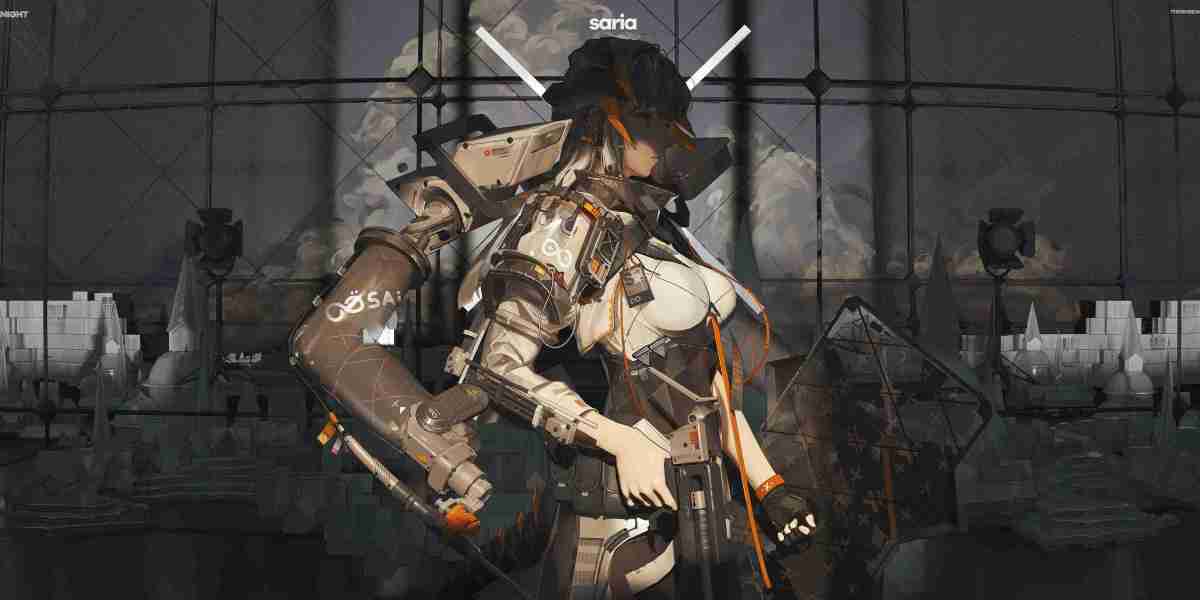3D printing has revolutionized the way we create and manufacture objects. However, as with any technology, common 3D print issues can arise, leading to frustration for beginners and experienced users alike. This guide aims to provide insights into these challenges and offer practical solutions.
Identifying Common 3D Print Issues
Before diving into solutions, it is essential to identify the common 3D print issues that can occur during the printing process. Some of the most frequent problems include:
- Layer adhesion problems
- Stringing and oozing
- Warping
- Under-extrusion
- Over-extrusion
Understanding these issues is the first step toward effective troubleshooting. For instance, have you ever noticed your prints curling at the edges? This is a classic sign of warping, which can be influenced by temperature settings and material choice.
Resolving Layer Adhesion Problems
Layer adhesion is crucial for a successful print. If layers do not bond properly, the final product may be weak or break easily. To improve layer adhesion, consider the following:
- Increase the nozzle temperature slightly.
- Adjust the print speed to allow more time for layers to bond.
- Ensure the bed is properly leveled to maintain consistent distance from the nozzle.
By making these adjustments, you can significantly enhance the strength of your prints. If you want to delve deeper into preventing 3D printing failures, check out this guide.
Addressing Stringing and Oozing
Stringing occurs when filament oozes from the nozzle during non-print moves, creating unwanted strands. To combat this issue, you might want to:
- Enable retraction settings in your slicer software.
- Increase travel speed to minimize the time the nozzle spends moving without printing.
- Adjust the temperature to reduce filament flow during travel.
These adjustments can help you achieve cleaner prints with minimal stringing.
Combatting Warping
Warping is another prevalent issue that can ruin a print. It often occurs when the material cools too quickly. To mitigate warping, consider the following strategies:
- Use a heated bed to keep the base of the print warm.
- Apply an adhesive like glue stick or painter's tape to the print bed.
- Choose materials that are less prone to warping, such as PLA.
By implementing these techniques, you can significantly reduce the chances of warping and improve your overall printing success.
Conclusion
Understanding and resolving common 3D print issues is essential for anyone looking to enhance their 3D printing experience. By identifying problems such as layer adhesion, stringing, and warping, and applying the suggested solutions, you can achieve better results. Remember, patience and practice are key in mastering the art of 3D printing.








